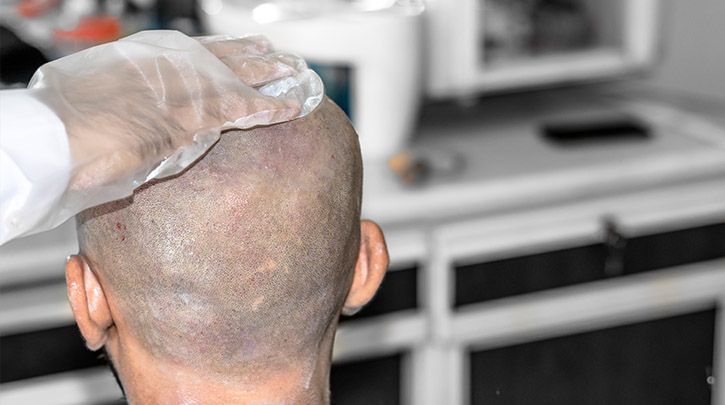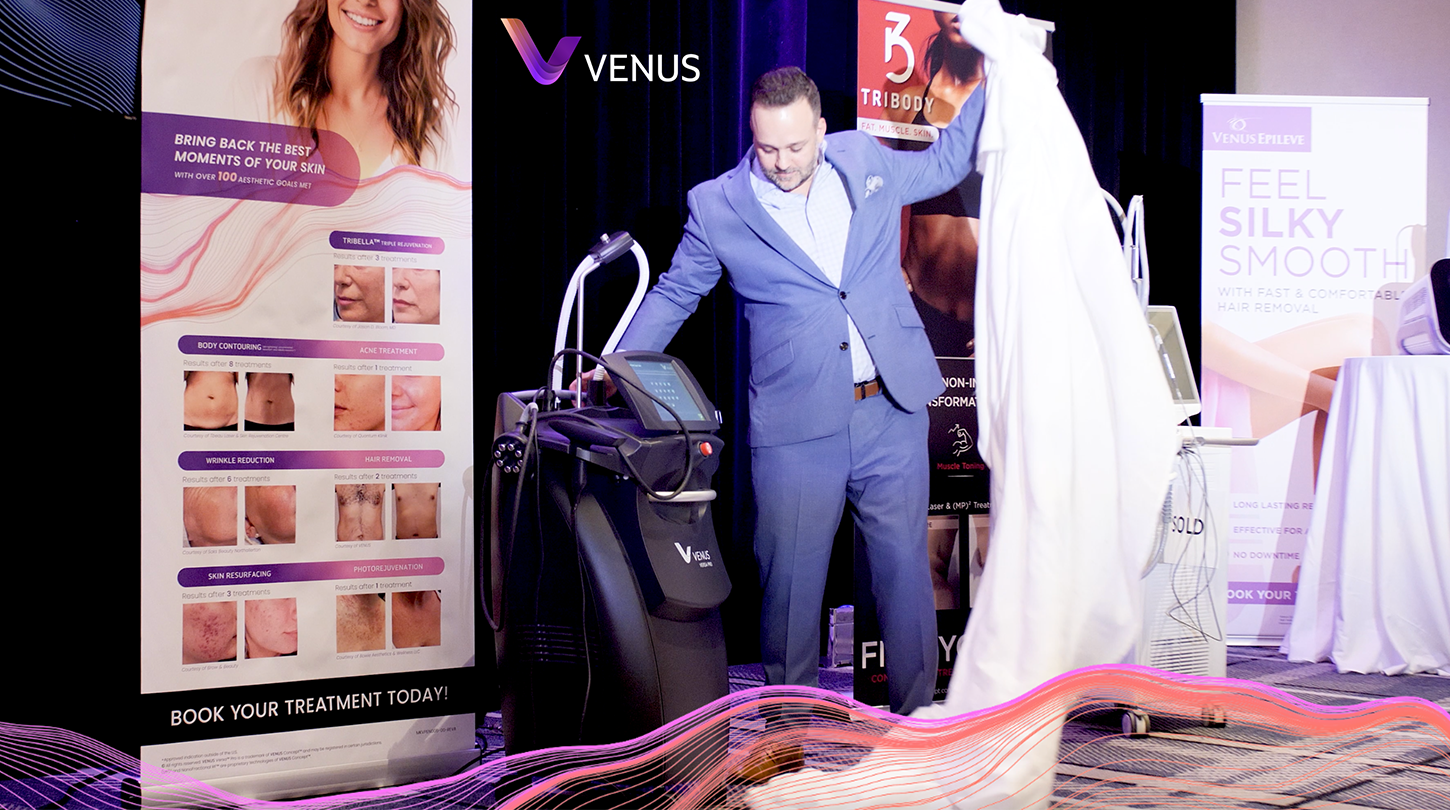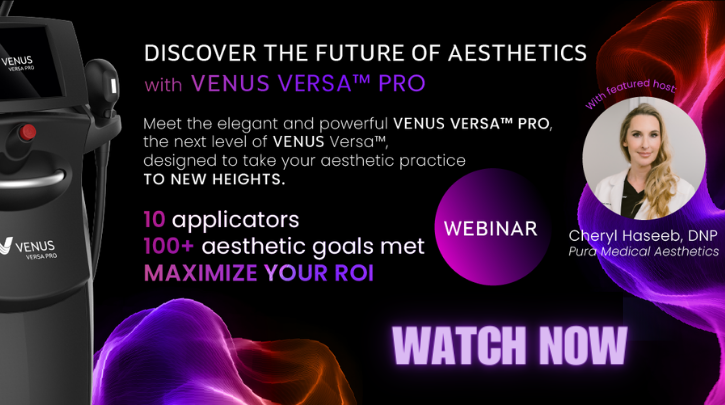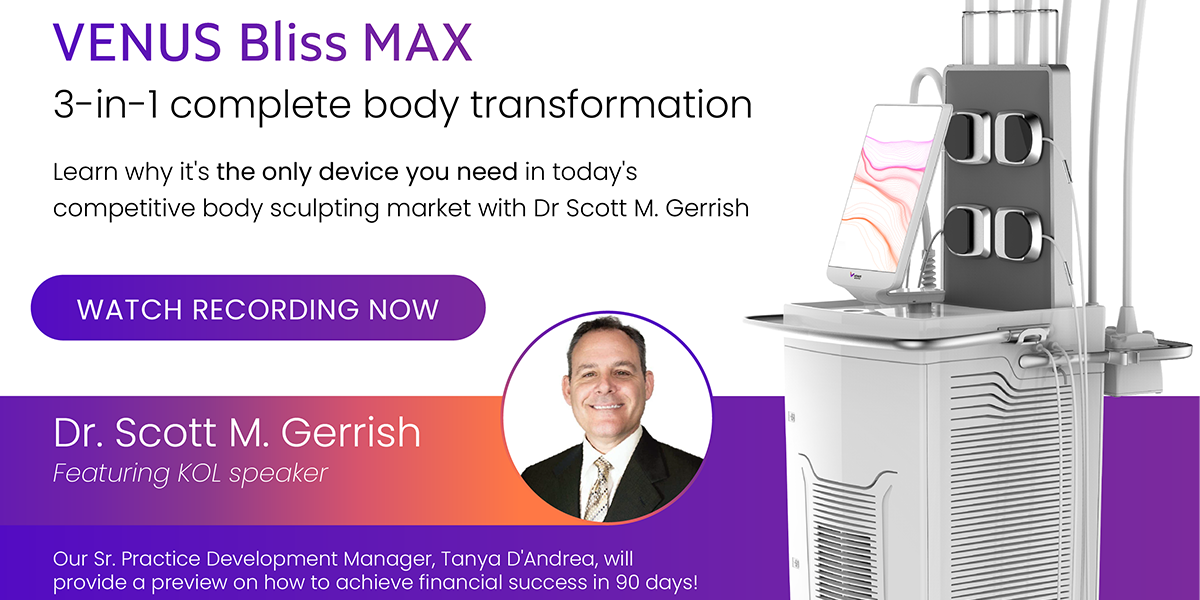What makes the Neograft FUE Hair Transplant different?

Author: Sudeep Roy, M.D.
The hair transplant procedure was developed from a very simple observation: hair on the back and sides of the head is resistant to the effects of hormonal loss classically seen in male and female pattern baldness. This is called donor dominance. Transplanting these hairs to areas of loss on the scalp produces long-lasting, new growth of hair that is shielded from further shedding.
How the transplant is actually performed has evolved quite a bit over the years. Two major techniques exist, follicular unit transplantation (FUT also known as the “strip procedure”) and follicular unit extraction (FUE). Although still useful and appropriate in certain cases, FUT is being performed less and less due to increased recovery time, the need for suture removal and the possibility of unattractive, linear scarring. NeoGraft ® is at the forefront of manual FUE, whereby naturally occurring groups of hair follicles (follicular units) are extracted or harvested through an automated punch-like device and then implanted in areas of hair loss. The punches are less than 1mm in diameter, ensuring an appropriate protective cuff of tissue around the harvested grafts while preventing visible scarring.
There are three main reasons that set NeoGraft ® apart from all other manual extraction devices: 1) The most ergonomic handpiece available on the market allowing comfortable, precise and efficient extraction of follicular units which saves patients time and improves graft yield; 2) Rapid extraction and preservation of harvested grafts into a dedicated collection chamber on the handpiece itself that keeps the grafts moisturized and healthy while they await implantation and 3) NeoGraft ® hair technicians, affectionately known as the VeroGrafters™, are the most experienced and highly-trained FUE hair techs in the country, ensuring the best possible outcome for every procedure alongside the physician.
The procedure has three fundamental steps. 1) Harvesting, 2) Recipient site create and 3) Implantation of grafts. The only discomfort felt during the procedure is when the scalp is anesthetized with local anesthetic to ensure a comfortable and painless treatment session. In our office, we routinely administer oral sedation to help patients with any pain and anxiety experienced by the patient as well as nitrous gas (laughing gas similar to that available in a dentist’s office) to maximize patient relaxation through the numbing process. Depending on the number of grafts planned for the procedure, the procedure can last anywhere between 2-8 hours. Patients often watch their favorite shows or catch up on work emails during the recipient site creation and implantation stages! Unlike robotic hair transplantation, only the donor area at the back of the head needs to be shaved down for the procedure allowing for a more seamless transition to everyday life after the procedure, and there is no need to strap the head down to the treatment chair for immobilization, which can certainly add to patient anxiety.
At Roy Facial Plastics , every patient receives Platelet-rich plasma (PRP) injections to the scalp (harvested from the patient at the start of the procedure and rich in growth factors) to enhance their transplant results, which has been scientifically proven to shorten the expected shedding period post-procedure, reduce the overall amount of shedding post-procedure and improve graft survival and growth.
Once the procedure is over, a head dressing is applied to protect the donor and recipient sites for the first two days. Once this is removed, the hair can be gently washed although normal showering should only be resumed after 10 days. Social recovery is approximately 7 days, and the donor site typically heals up completely by 10-14 days. Physical activity should be limited for 7-14 days to expedite recovery. The new hair grafts will undergo a new hair cycle and growth will start to be noted by 6-12 weeks and continue steadily thereafter. By 8-10 months, your final result will be apparent and you can enjoy your own hair, naturally.
Good candidates are those who:
- Have maximized medical therapies such as Propecia and/or Rogaine
- Have moderate hair loss with an adequate donor area
- Have reached a stable point in their hair loss progression
- Do not have any serious medical conditions
- Have realistic expectations as to what can be accomplished with the procedure
Maximize your chances for a successful hair restoration by working with a highly qualified, experienced team that will be readily available to you through every step of the procedure and beyond. Even if you are simply contemplating options for your hair loss and not necessarily ready to undergo a hair transplant, it is worth meeting a hair restoration specialist to educate yourself on the various options available, including topical and medical therapies.
I wish our readers the best as you explore hair restoration treatments. Do not hesitate to contact us with questions or consultation inquiries!
Disclaimer: The content within this site is not intended to provide diagnosis, treatment or specific medical advice. The products and claims made about specific products and treatments through this article have not been evaluated by the United States Food and Drug Administration and are not approved to diagnose, treat, cure or prevent disease. Please consult with a NeoGraft ® Certified Physician or other healthcare professionals regarding any medical or health-related diagnosis.

Sudeep Roy, M.D. is a fellowship-trained facial plastic surgeon certified by the American Board of Otolaryngology – Head and Neck Surgery, who practices in Glenview and Chicago, Illinois. He is a member of the American Academy of Facial Plastic and Reconstructive Surgery (AAFPRS) and the Midwest Association of Plastic Surgeons. He received a Bachelor of Science degree from Stanford University in Palo Alto, California and a Doctorate of Medicine from New York Medical College in Valhalla, New York, graduating with top honors. He was elected to the Alpha Omega Alpha National Medical Honors Society, reserved for medical students all around the country with the highest academic achievements who also exhibit good character, leadership, professionalism and a dedication to community service. After medical school, he moved to Philadelphia to complete a five-year, rigorous surgical training program in Otolaryngology – Head & Neck Surgery at Thomas Jefferson University Hospital, ranked in the top ten hospitals (US News & World Report 2017) for the specialty. Having a unique eye and skill for facial aesthetics and reconstructive surgery, Dr. Roy went on to pursue advanced training in Facial Plastic and Reconstructive Surgery in Austin, Texas with renown facial plastic surgeon, Edward D. Buckingham (Buckingham Center for Facial Plastic Surgery).
Dr. Roy is proud to have started his own practice in Glenview and Chicago, Illinois offering his patients concierge service for a variety of facial plastic surgical procedures including follicular unit extraction hair restoration. He is certified in both robotic and manual follicular unit extraction as well as follicular unit transplantation (“strip” harvesting). Now, with NeoGraft ® 2.0 in his arsenal, Dr. Roy is at the forefront of technological advancement in manual follicular unit extraction to achieve the best possible outcomes for his patients.
Interested in learning more about how a NeoGraft ® partnership can benefit your practice? Contact an expert today at the button below.

Why Venus
Body Devices
Body Treatments
Face & Skin Devices
Face & Skin Treatments
Hair Restoration Devices
Hair Removal Devices
Legal
For more information call: (888) 907-0115 // info@venusconcept.com // 235 Yorkland Blvd., Suite 900, Toronto, ON, M2J 4Y8 Canada
For more information call: (888) 907-0115 // info@venusconcept.com // 235 Yorkland Blvd., Suite 900, Toronto, ON M2J 4T8 Canada






